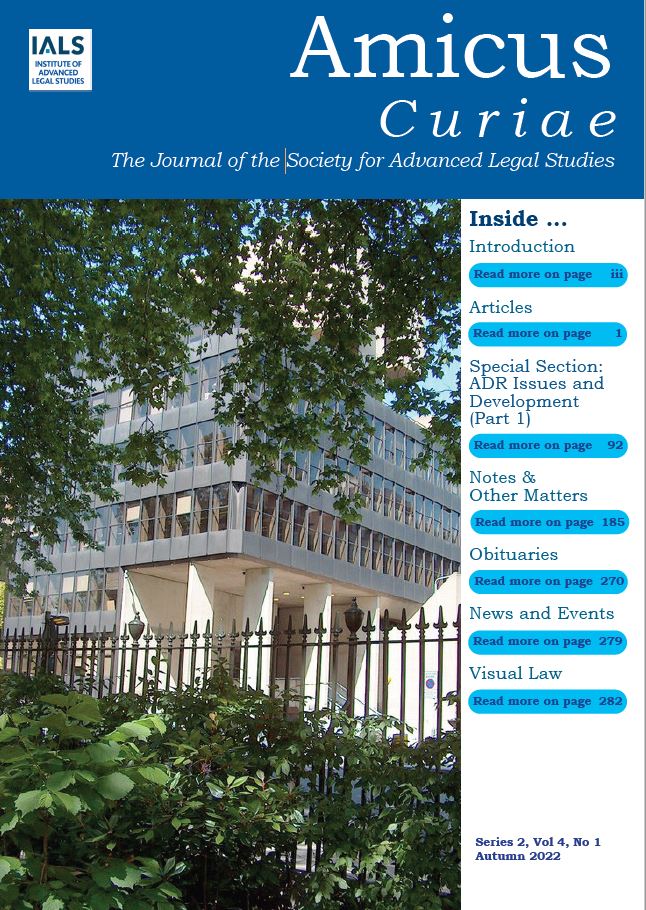Reflections on the Roles of Apex and Intermediate Courts in New Zealand
DOI:
https://doi.org/10.14296/ac.v4i1.5486Abstract
The Supreme Court of New Zealand replaced the Privy Council as New Zealand’s final appeal court in 2004. Appeals to the Privy Council in the general civil jurisdiction lay as of right, but all appeals to the Supreme Court were to be by leave. The legislature chose not to change appellate structures and pathways which had long been designed to limit the number of appeals by leave. Rather, it was hoped that the Supreme Court’s broader jurisdiction and accessible location would allow it to meet its objectives as a final appellate court.
The Supreme Court has done much to develop law for New Zealand conditions. But the number and quality of leave applications constrain its substantive output, which has apparently stabilized at a level substantially lower than was predicted in 2004. The underlying causes can be located in appellate structures and pathways which constrain demand and also affect the Court of Appeal.
This paper examines those constraints and the Supreme Court’s attempts to address them. It identifies consequences for the distribution of law development and supervision of precedent as between the Supreme Court and Court of Appeal. The paper is a call for dialogue rather than a prescription for reform, but it does suggest that consideration should be given to adjusting pathways to improve the range and quality of work decided by panels of three and five judges. It argues that courts in an appellate hierarchy must pursue a collaborative approach if law is to be developed in a reasonably timely and cost-effective way in the common law case-by-case tradition, and it suggests that is best done through appellate restraint and conservative application of the rules of precedent.
Keywords: appellate courts; distribution of responsibility for precedent; appeal pathways and leave criteria.
Downloads
Downloads
Published
Issue
Section
License
Those who contribute items to Amicus Curiae retain author copyright in their work but are asked to grant two licences. One is a licence to the Institute of Advanced Legal Studies, School of Advanced Study, University of London, enabling us to reproduce the item in digital form, so that it can be made available for access online in the open journal system, repository, and website. The terms of the licence which you are asked to grant to the University for this purpose are as follows:
'I grant to the University of London the irrevocable, non-exclusive royalty-free right to reproduce, distribute, display, and perform this work in any format including electronic formats throughout the world for educational, research, and scientific non-profit uses during the full term of copyright including renewals and extensions'.
The other licence is for the benefit of those who wish to make use of items published online in Amicus Curiae and stored in the e-repository. For this purpose we use a Creative Commons licence (http://www.creativecommons.org.uk/); which allows others to download your works and share them with others as long as they mention you and link back to your entry in Amicus Curiae and/or SAS-SPACE; but they can't change them in any way or use them commercially.



